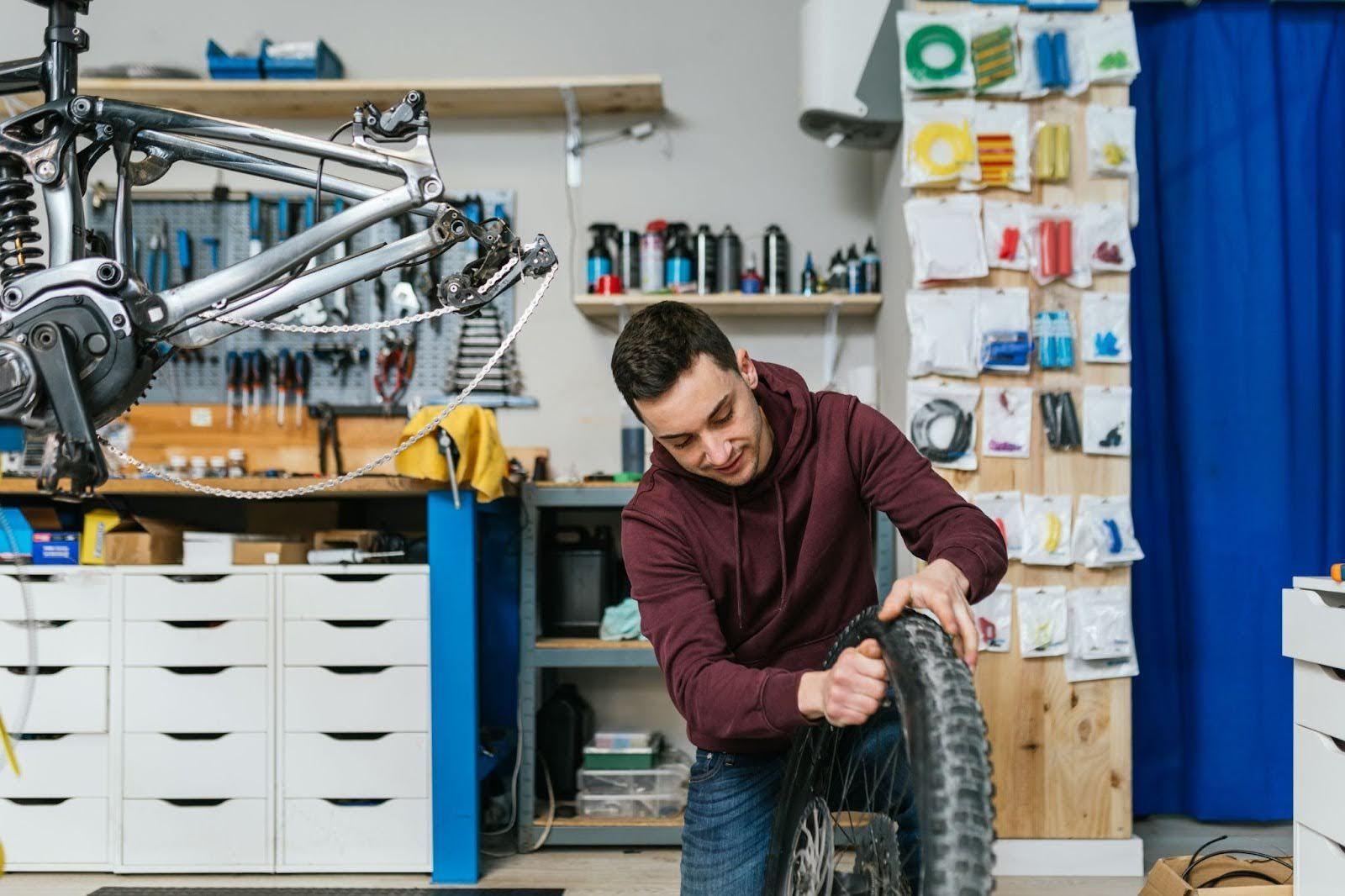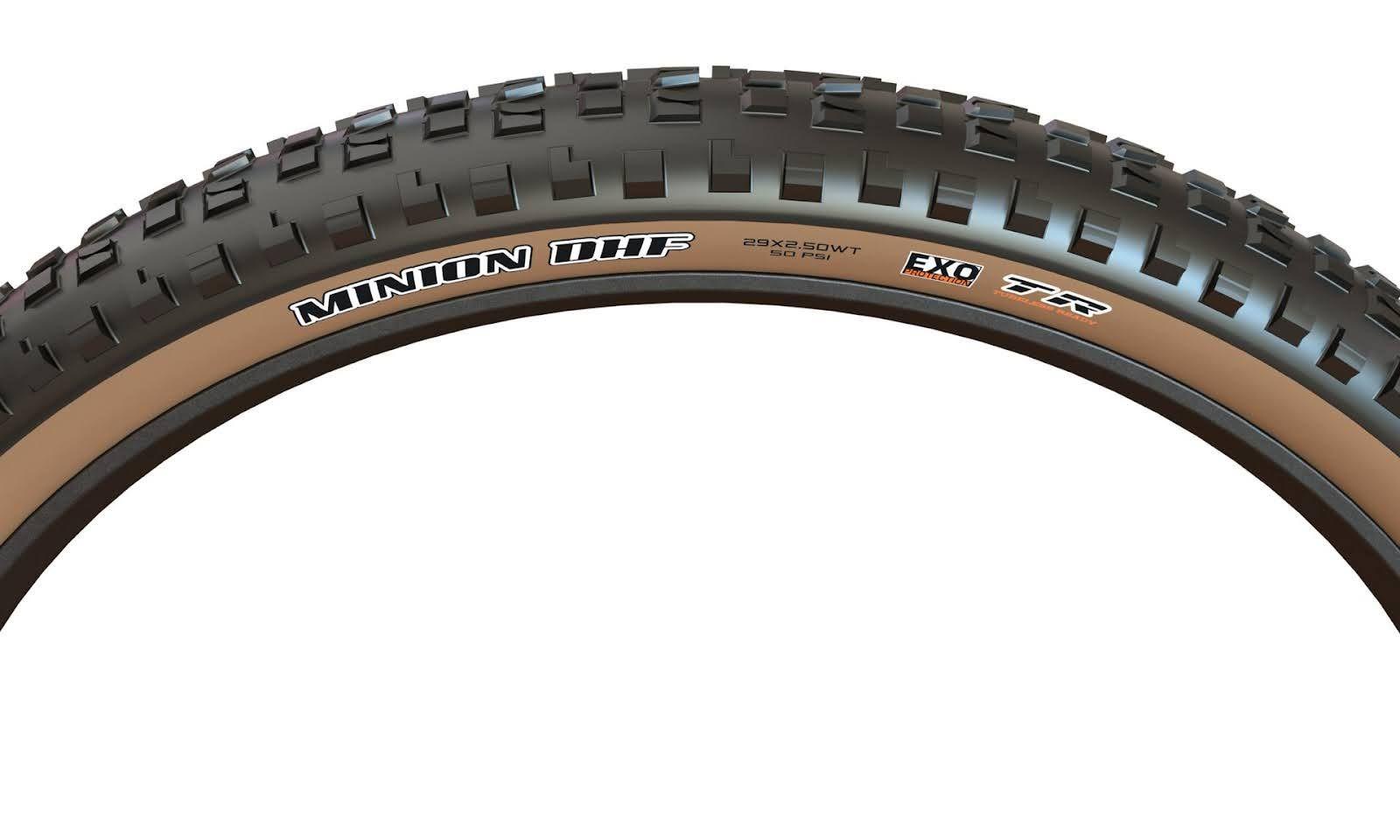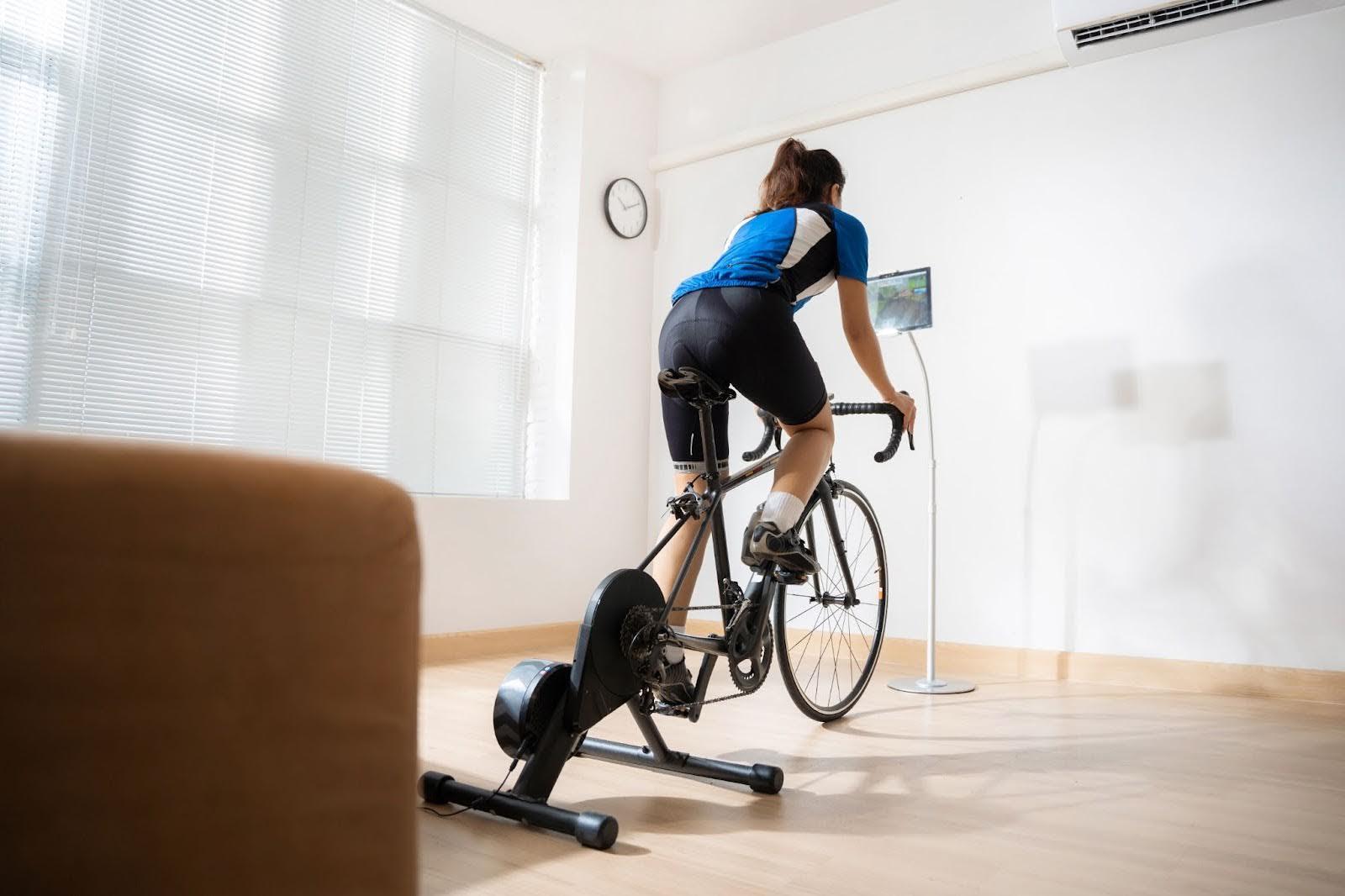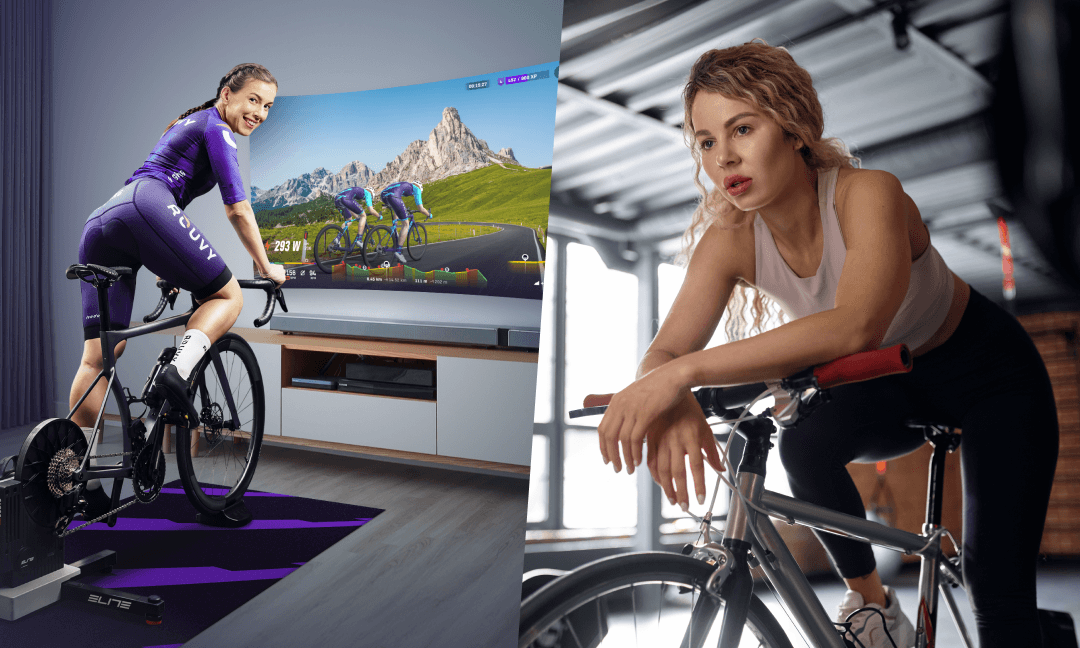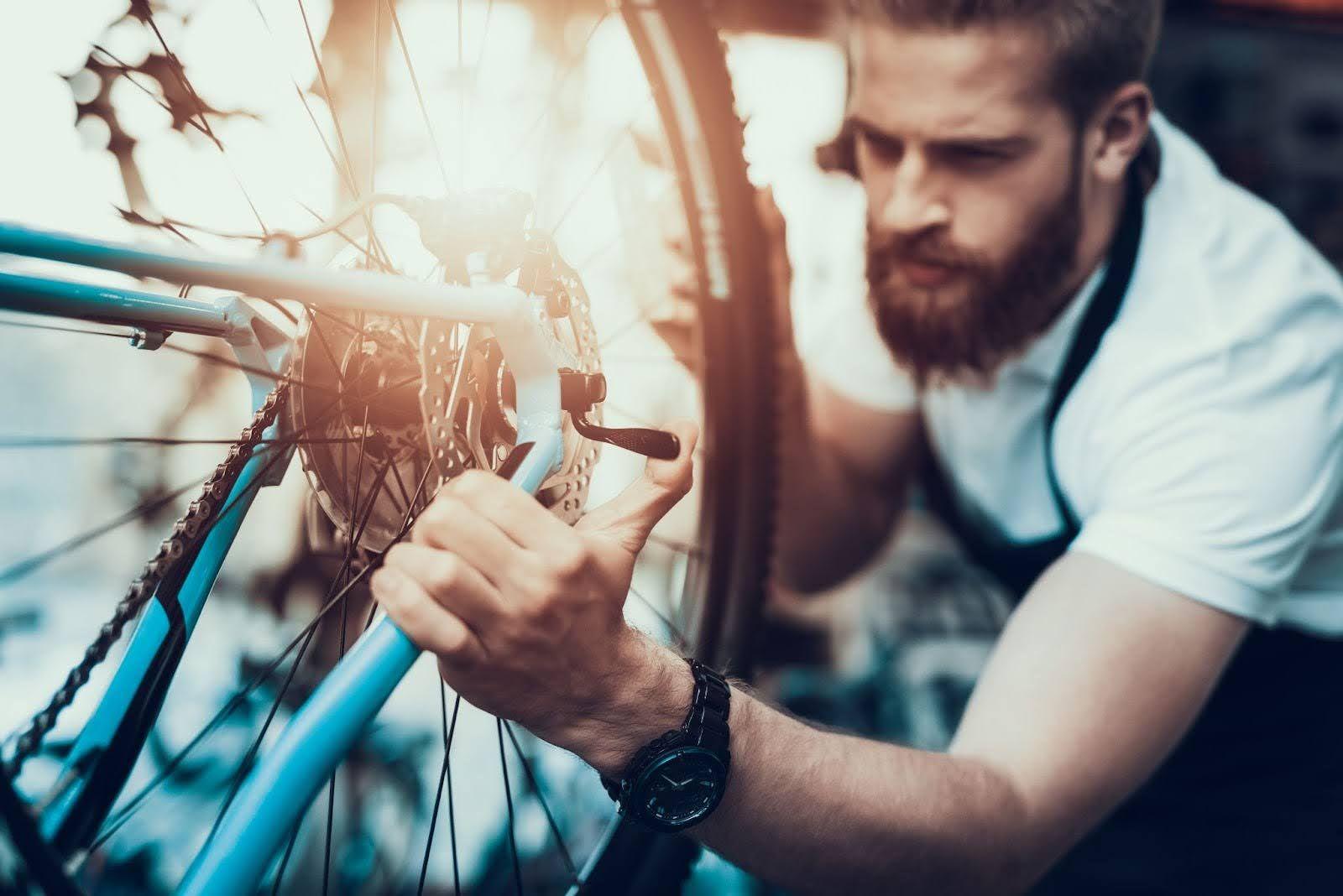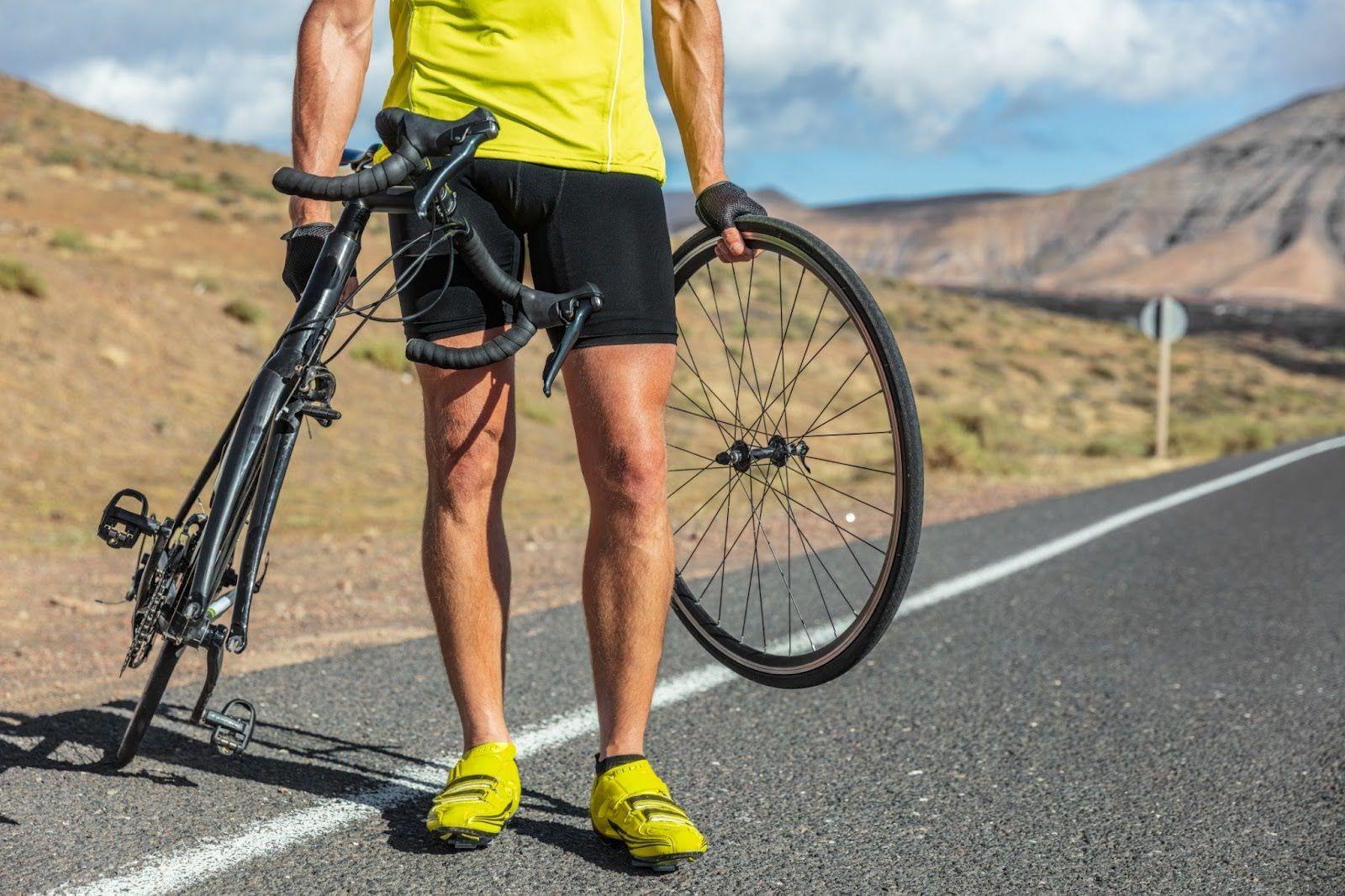
In this guide, we'll unpack precisely what a tubeless tyre is, weigh the tubeless tyre pros and cons, break down installation, dive into maintenance tips, and debunk common myths. Let's get rolling.
A tubeless tyre, as the name suggests, is a tyre system that eliminates the traditional inner tube, relying instead on an airtight seal between the tyre and rim. Unlike traditional tube setups where air is contained within a separate inner tube, tubeless setups directly seal the tyre to the rim, with liquid sealant added inside for puncture protection.
What is a tubeless tyre: History and development
Tubeless tyres, now synonymous with modern cycling technology, have a fascinating history that started in the automotive world. They were first developed in the late 1940s and gained popularity through car manufacturers looking for a safer, more reliable tyre system. By removing the inner tube, engineers wanted to reduce flats, lower weight and improve performance. Michelin was an early adopter of tubeless technology in the automotive world and their developments would later influence cycling tyre manufacturers.
It wasn’t until the late ’90s and early 2000s that tubeless tyres started to make their way into the cycling world. Initially adopted by mountain bikers looking for fewer punctures and better performance on rough trails, tubeless technology quickly proved its worth by providing better grip, fewer flats and lower pressures without sacrificing performance.
One of the first widely recognized cycling tubeless standards was the “UST” (Universal System Tubeless) system introduced by Mavic in collaboration with Hutchinson tyres in 1999. This system standardized rim and tyre compatibility and made tubeless technology more appealing and practical for cyclists.
As cycling evolved and diversified, road cyclists and gravel riders started to adopt tubeless setups because of the clear benefits in speed, comfort and puncture resistance. Advances in rim design, sealant formulations and tyre construction made tubeless technology mainstream in the cycling world and overcame the initial concerns about reliability and complexity.
Today, nearly all major tyre and wheel manufacturers offer tubeless-ready options, and the system is still evolving with improvements in sealant performance, ease of installation and overall durability. What started as an automotive innovation is now providing road, mountain biking and gravel cyclists with safer, faster and more fun riding.
Tubeless vs. traditional tubed tyres: The key differences
With traditional bike tyres, an inner tube inflates inside the tyre casing, pressing firmly against the tyre walls. This conventional setup requires higher air pressures to prevent pinch flats, which occur when the inner tube is pinched between the rim and tyre during impacts. Unfortunately, running tyres at these higher pressures makes them more prone to punctures from sharp objects like nails, glass fragments or thorns. Plus, higher pressures can be uncomfortable, reduce grip and affect rolling resistance especially on rough or uneven surfaces.
Tubeless tyres, on the other hand, eliminate the inner tube entirely, sealing directly onto specially designed rims. The tyre bead locks onto the rim, creating an airtight seal. This design reduces the frequency of punctures as small holes caused by sharp debris are often sealed automatically by the liquid sealant inside the tyre.
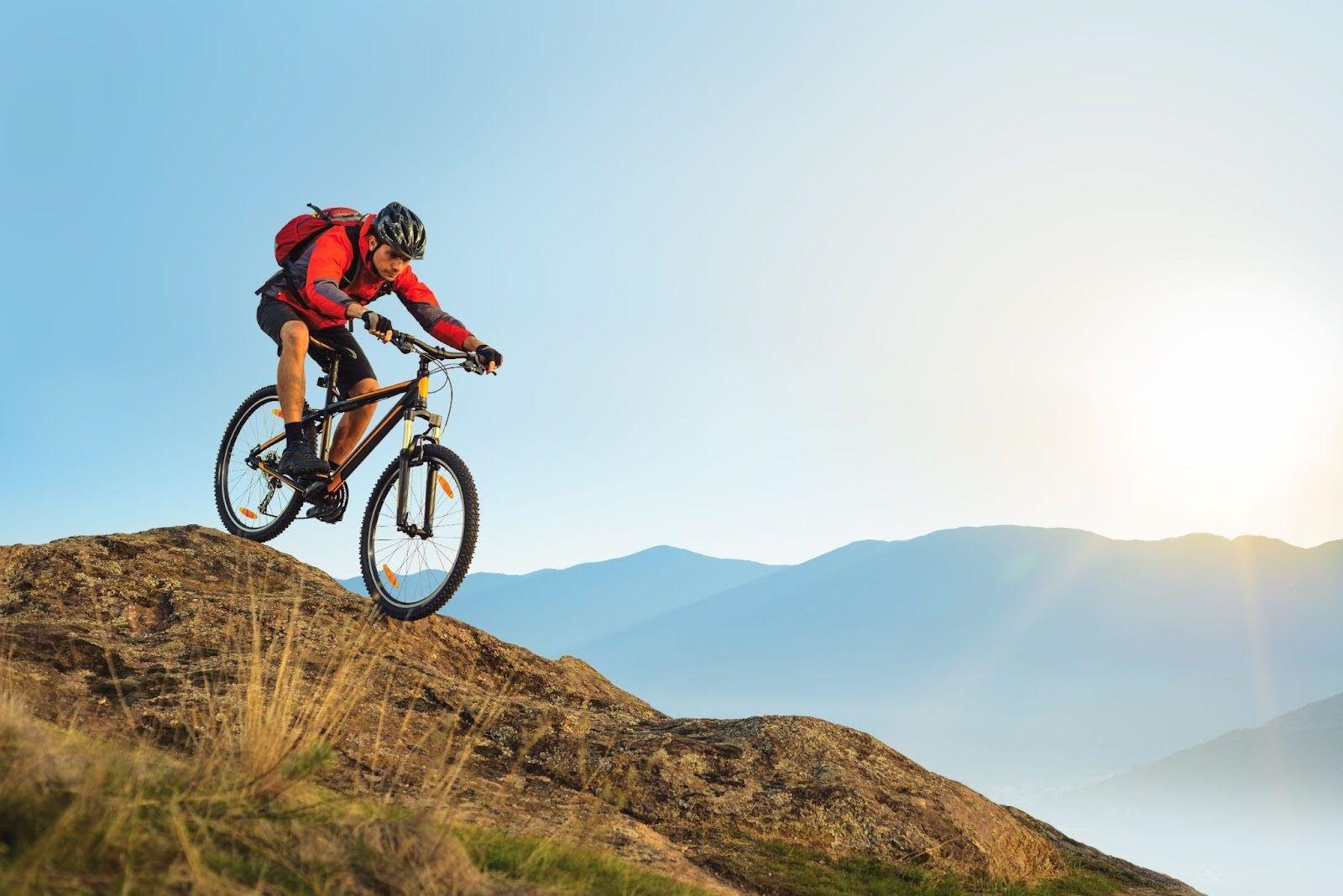
Also, because tubeless setups can be ridden safely at lower pressures without risk of pinch flats, they offer better grip, more comfort and more traction – especially on uneven terrain or off-road cycling. Lower pressures also reduce rolling resistance, making you more efficient overall.
Benefits of going tubeless
Let’s get into some of the benefits of tubeless tyres for cyclists: Everyone hates getting a flat tyre, of course. Well, imagine pedaling down your favourite trail or road without worrying about getting a flat from thorns, sharp rocks or those mysterious sharp things that seem to appear out of nowhere. The sealant inside tubeless tyres seals minor punctures instantly, making most flats disappear faster than your snacks mid-ride.
Tubeless tyres also make your ride smoother than your favourite playlist. By allowing lower tyre pressures, they absorb vibrations and bumps, making you feel like you’re gliding on clouds even when the trail or road is rough.
Lower pressure isn’t just about comfort, though – it’s a performance boost. It increases your tyres’ contact with the ground, giving you more traction on tricky corners, slippery gravel or rocky mountain trails. You’ll be able to tackle terrain you used to tiptoe around, feeling like your tyres have grown tiny, grippy hands. You’ll want to experiment to find your ideal tyre pressure, balancing comfort, performance and puncture protection.
And then there’s speed. Tubeless setups eliminate the friction between the tube and tyre that traditional setups experience, so every pedal stroke sends you forward more efficiently, you can go further and faster without legs of steel.


